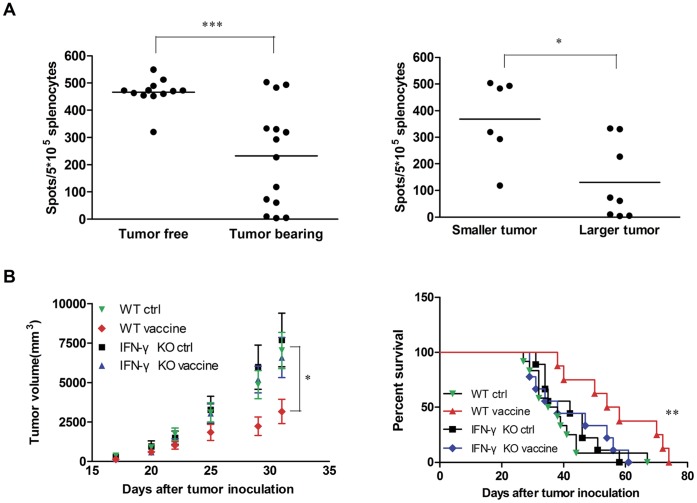Figure 6. IFN-γ is required for the antitumor effect of HCA587 protein vaccine.
(A) Correlation of the frequency of IFN-γ-producing cells and tumor development. Tumor inoculation and vaccination was performed as described above. Splenocytes were isolated 2 weeks after the last boost, and analyzed for IFN-γ production in response to HCA587 restimulation by ELISPOT assay. The left panel shows the frequency of IFN-γ-producing splenocytes in tumor-free (n = 12) versus tumor-bearing mice (n = 14). The tumor-bearing mice were further divided into two groups: small tumor with a volume <7000 mm3 (n = 6) and large tumor with a volume >7000 mm3 (n = 8), and the frequency of IFN-γ-producing splenocytes in these two groups is shown in the right panel. (B) Abrogation of vaccine-induced protection in IFN-γ KO mice. IFN-γ KO mice on C57BL/6 background and C57BL/6 (WT) mice (8–12 mice for each group) inoculated with B16-HCA587 cells were treated with HCA587 protein vaccine or left untreated. Tumor growth and mouse survival was closely monitored. The tumor volume is presented on the left as mean ± SE, and the survival curve is shown on the right. *** P<0.001; ** P<0.01; *, P<0.05.

